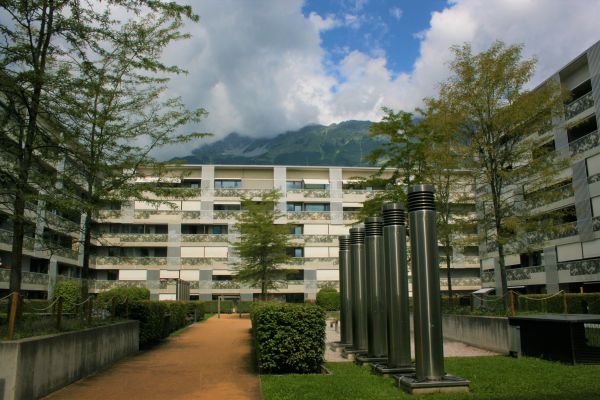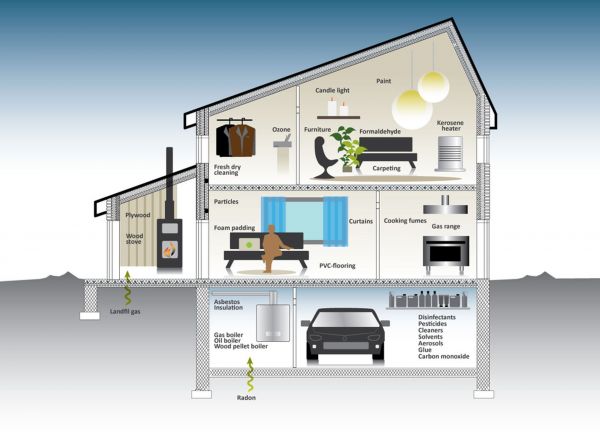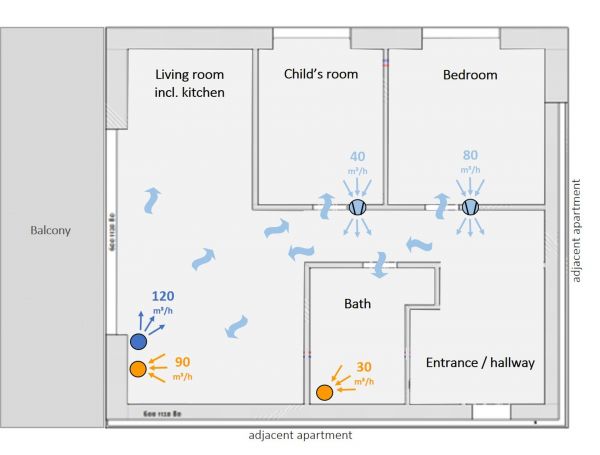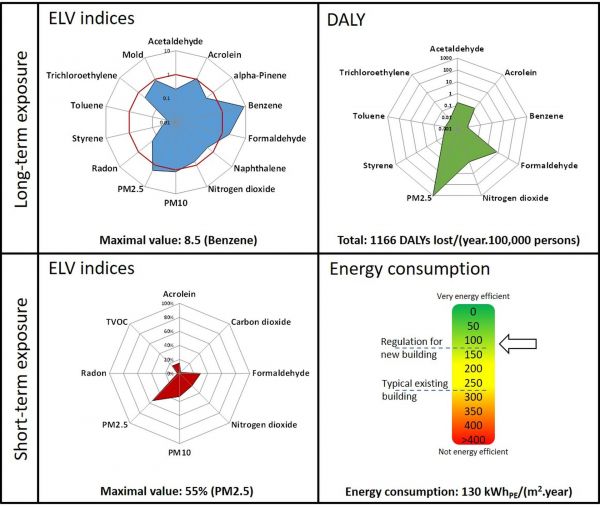IEA EBC Annex 68: Indoor Air Quality Design and Control in Low Energy Residential Buildings
Short Description
Energy-efficient construction is a major lever for decarbonizing the building sector and thus an important contribution to meeting climate protection targets. It requires an airtight building envelope. Therefore, indoor air quality (IAQ) must be particularly considered for design and operation of energy-efficient buildings. However, mostly due to economic considerations, this aspect is often neglected, especially in residential construction. There is a need for product and concept innovations and for holistic and manageable assessment methods to provide high IAQ, comfort and energy efficiency at low cost for residential buildings (new construction and renovation).
The results of this project should help optimizing the design and operation of energy-efficient residential buildings, in particular in terms of a healthy indoor environment. The goal of this project was to develop the scientific basis and data for a comprehensive assessment of IAQ and energy efficiency in order to evaluate possible solutions for meeting the aforementioned demands (high IAQ, comfort, and energy efficiency at low cost).
For this purpose, assessment metrics were developed, models and data for the description of pollutant sources were generated, modelling tools for the coupled calculation of energy efficiency and IAQ were tested or further developed, and field measurements were performed, or existing field studies were documented. This knowledge basis was used to investigate and evaluate strategies and methods for optimized planning, execution and operational management of energy-efficient ventilation systems of residential buildings.
The Austrian contribution, in addition to networking and knowledge transfer with the international project partners, pursued the goal of testing the use of existing simulation tools in the simplest form possible for a detailed IAQ assessment of innovative ventilation concepts. Specifically, the pollutants formaldehyde (temperature- and humidity-dependent) and particulate matter (PM, size-dependent) were modelled within building simulation software in order to evaluate the extended cascade ventilation and the principle of active overflow. Both are modified mechanical ventilation concepts which reduce the need for air ducts and air distribution components. Overall, it was found that these ventilation concepts perform similarly well compared to standard residential ventilation in terms of formaldehyde and particulate matter. The only notable differences: for the extended cascade ventilation, the simulations showed slightly higher formaldehyde concentrations in the living room. However, these were still far below the Austrian guideline value. The active overflow showed slightly higher PM values in the bedroom compared to the standard ventilation, but significantly lower values compared to an exhaust air system (later strongly depends on the ambient air pollution). These and other optimization approaches for residential ventilation, which were investigated in the international project, are summarized in the "Subtask 4 Report".
Project Images
Terms of use: The pictures listed underneath the header “Project Pictures” originate from the projects in the frame of the programmes City of Tomorrow, Building of Tomorrow and the IEA Research Cooperation. They may be used credited for non-commercial purposes under the Creative Commons License Attribution-NonCommercial (CC BY-NC).
Participants
Austria, Belgium, China, Czech Republic, Denmark, France, Germany, Korea, New Zealand, Netherlands, Norway, Sweden, United States of America, United Kingdom
Contact Address
Unit for Energy Efficient Building, University of Innsbruck
Gabriel Rojas
Technikerstr. 13, 6020 Innsbruck
E-Mail: gabriel.rojas@uibk.ac.at
Web: www.uibk.ac.at/bauphysik





